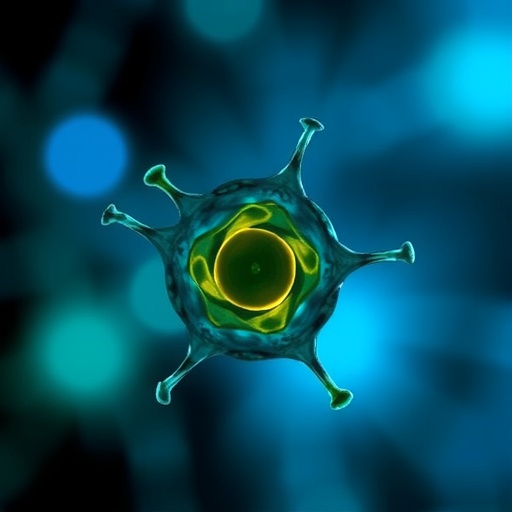ROCHESTER, Minn. — Mayo Clinic researchers and their collaborators have shown that when senescent cells — also known as “zombie cells” — are removed from fat tissue in obese mice, severity of diabetes and a range of its causes or consequences decline or disappear. The findings appear in Aging Cell.
Inflammation and dysfunction of fat tissue cause some of the insulin resistance in obese people. In many cases, that dysfunction is caused by zombie cells that already have been shown to be responsible for conditions related to aging and illness, including osteoporosis, muscle weakness, nerve degeneration and heart disease. These cells also accumulate in the fat tissues of obese and diabetic people and mice.
In this study, the researchers, using genetically modified mice and wild-type (normal) mice, removed zombie cells two ways: by causing genetically-mediated cell death and by administering a combination of senolytic drugs. Senolytic drugs selectively kill senescent cells but not normal cells. The result: Glucose levels and insulin sensitivity improved. The mice also showed a decline in inflammatory factors and a return to normal fat cell function.
The senolytic drugs also prompted improved kidney and heart function, both of which are common complications of diabetes.
“Our findings show that senescent cells are a cause of obesity-related inflammation and metabolic dysfunction, and that senolytic drugs hold promise as a treatment of these conditions and their complications, which include diabetes,” says James Kirkland, M.D., Ph.D., senior author of the article. Dr. Kirkland is the director of the Robert and Arlene Kogod Center on Aging at Mayo Clinic.
###
The research was funded by the National Institutes of Health, the Minnesota Partnership for Biotechnology and Medical Genomics; Robert and Arlene Kogod; the Connor Group; Robert J. and Theresa W. Ryan; American Federation for Aging Research, the Glenn, Ted Nash Long Life, and Noaber Foundations; and the Biotechnology and Biological Sciences Research Council of the U.K. Dr. Kirkland is the Noaber Foundation Professor of Aging Research.
Mayo Clinic co-authors are Allyson Palmer, M.D, Ph.D.; Ming Xu, Ph.D.; Yi Zhu, Ph.D.; Tamar Pirtskhalava, Ph.D.; Grace Verzosa, M.D.; Megan Weivoda, Ph.D.; Christine Hachfield; Larissa Prata, Ph.D.; Kurt Johnson; Harjrunisa Cubro, M.D.; LaTonya Hickson, M.D.; Ewald Doornebal; Mikolaj Ogrodnik, Ph.D.; Diana Jurk, Ph.D., Michael Jensen, M.D.; Eduardo Chini, M.D., Ph.D.; Jordan Miller, Ph.D.; Marissa Schafer, Ph.D.; Thomas White, Ph.D.; Nathan LeBrasseur, Ph.D.; Aleksey Matveyenko, Ph.D.; Vesna Garovic, M.D., Ph.D.; Joseph Grande, M.D., Ph.D.; Tamar Tchkonia, Ph.D.; and James Kirkland, M.D., Ph.D. — all of Mayo Clinic. Co-authors from the University of Gronigen in Netherlands are Theo van Dijk, Ph.D.; Folkert Kuipers, Ph.D.; Marco Demaria, Ph.D.; and Esther Verkade. Co-author from Newcastle University in the U.K. is Thomas von Zglinicki, Ph.D. Additional co-authors are Judith Campisi, Ph.D., Buck Institute for Research on Aging, Novato, CA; Michael Stout, Ph.D., University of Oklahoma; and Edgar Arriaga, Ph.D., University of Minnesota.
About Mayo Clinic
Mayo Clinic is a nonprofit organization committed to clinical practice, education and research, providing expert, comprehensive care to everyone who needs healing. Learn more about Mayo Clinic. Visit the Mayo Clinic News Network.
Media Contact
Bob Nellis
[email protected]
Related Journal Article
https:/
http://dx.




